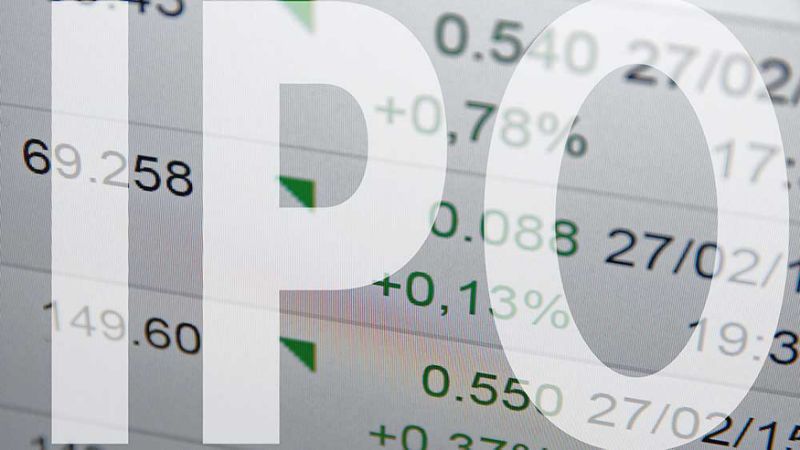Here’s one simple lesson to be learned from the initial public offerings of Facebook (FB), Alibaba (BABA), Snap (SNAP) and Square (SQ): Big-buzz IPOs don’t always live up to the hype – at least not at first.
Buying a stock right when it has an IPO is a high-risk proposition, regardless of how convincing the hype may seem.
Facebook, Alibaba, Snap and Square all headed south from their second week of trading, providing clear examples of why you should wait for a new IPO to form its first base before you invest.
It’s an important rule to keep in mind as Roku (ROKU) begins trading and we wait for the market debuts of Uber, Airbnb and others in the next crop of initial public offerings.
IPO Lessons Learned
From its first weekly close on May 18, 2012, Facebook sank 54% over the next four months. Snap plunged 48% from its first weekly close on March 3 of this year until apparently finding a bottom in August. And after closing out its first week of trading on Nov. 20, 2015, Square fell 37% over the next 10 weeks.
Keep in mind that if you take a 50% loss, you need a 100% gain just to get back to break-even.
Alibaba fared better when it went public in September 2014, declining just 12% from its first weekly close while forming an IPO base.
It did offer a buying opportunity when it broke out of that pattern in October, but the Chinese internet giant soon proved another point about new stocks: They can be quite volatile.
After quickly rising as much as 20%, Alibaba reversed course, falling 47% from November 2014 until finding a bottom in September 2015. The stock continued to struggle and didn’t really get going until it launched its current run with a breakout at the beginning of this year.
Alibaba is currently a member of IBD Leaderboard.
Patience Pays Off
Although many investors chose to ignore it amid all the buzz, Facebook flashed a serious warning sign before its IPO: a sharp slowdown in earnings growth.
In the three quarters prior to going public, the company’s EPS gains slowed from 100% to 25% to 9%. And in Facebook’s first two reports as a publicly traded company, it posted 0% growth.
It wasn’t until about 14 months after its initial public offering that Team Zuckerberg finally found its mobile mojo and delivered a return to growth with earnings of 13 cents a share on a 58% gain in revenue for Q2 2013.
Facebook bolted out of a double bottom on that report and has since made a fivefold run.
Interestingly, it also took Square about 14 months of roller-coaster action before it found its market legs and began to climb. It’s no coincidence that the provider of payment-processing software started to climb as its earnings growth started to improve.
Square, which made IBD’s list of stocks expecting 50%-plus EPS growth in Q3, recently launched a new breakout and is now extended beyond buy range. and . Facebook is working on a new flat base.
And then there was Snap.
After heading due south for months after it went public, the Snapchat parent seems to have recently found a bottom. But the stock has not yet formed a proper base and, unlike Alibaba, Facebook and Square, Snap has no profits.
So while Snap may go on to make a nice run, the jury is still out.
Make An IPO Prove Itself Before You Buy
Buying a brand-new IPO can be tempting, but it can also be costly and painful.
As the examples above show, you can significantly reduce your risk and still reap plenty of rewards if you follow these three steps:
- Don’t buy an IPO stock until it forms and breaks out of its first base.
- Focus on profitable companies showing technical strength.
- Cut losses short if the trade goes against you.
In other words, just like with any stock, make an IPO prove its fundamental and technical strength before you invest.
If the pre-IPO buzz turns into a bust, you’ll be glad you stayed out. And if the hype turns out to be true, you’ll still have plenty of chances to profit.

